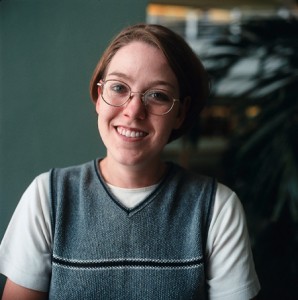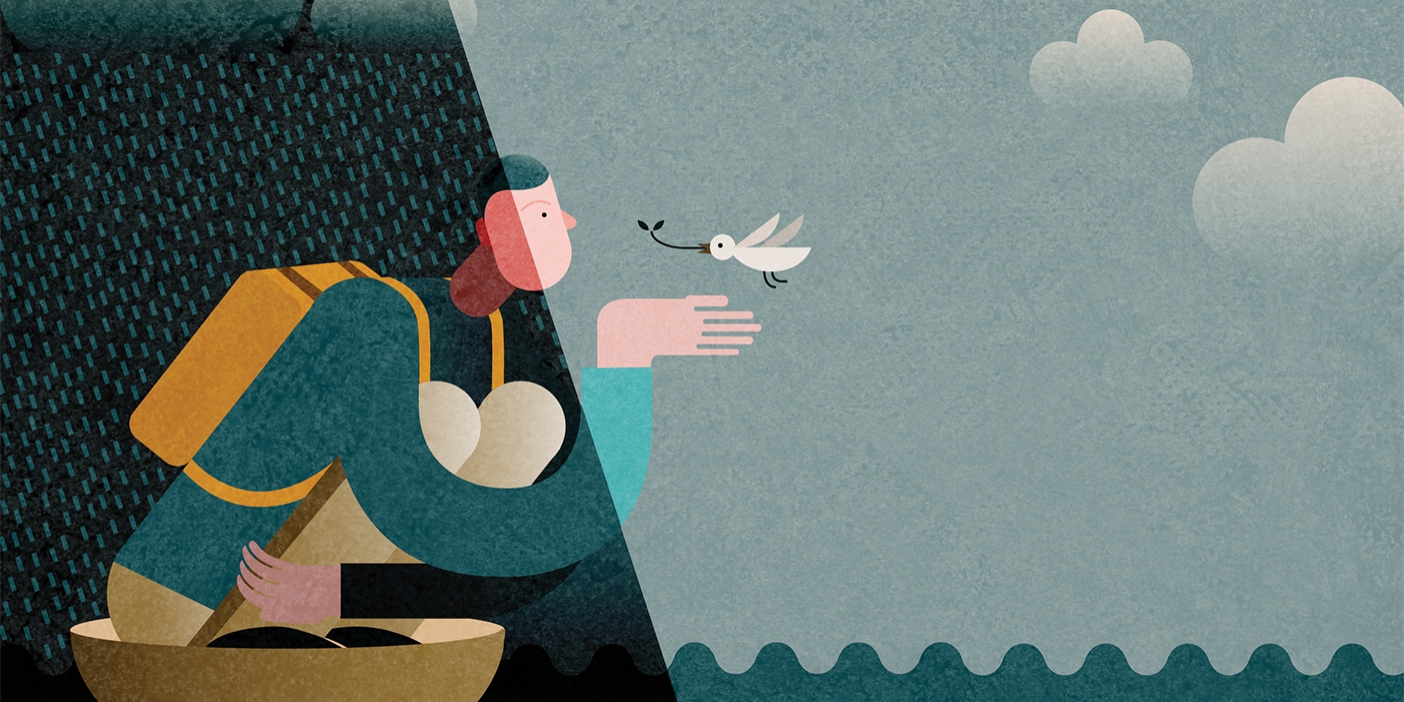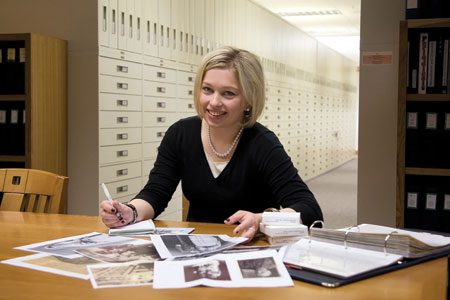IN the expansive hallway of a Breckenridge, Colo., hotel, physics professor R. Steven Turley, ’78, quietly looked on as eminent scientists and engineers converged on the poster display at his side. But it was his student, the diminutive Shannon Lunt, ’99, who confidently fielded questions from international researchers twice and three times her age. It was, after all, her research.
When Turley met Lunt in the Physics Department her sophomore year, she struck him as bright, but rather unsure of herself. He invited her to join the IMAGE satellite mirror project (a NASA mission that successfully captured images of earth’s magnetic “tail”), and assigned her to an innovative experiment. She used a genetic algorithm to create thousands of virtual mirrors instead of virtual genes. In choosing the best combination of metals, layers, and thicknesses, she discovered that a little-used metal oxide, Yttria, best fit their needs. And when Lunt presented her techniques and findings at the 1998 conference, “there was a bigger crowd around her poster than around any other poster there,” says Turley.
Lunt went on to publish papers in two scholarly journals and complete a formidable honors thesis. Now, as a graduate student, she is developing technology that may advance computing, biology, and astronomy. On the way, her confidence has grown, but she never forgets the teachers who have helped along the way: “They have such an excitement for what they’re doing, and they do it really well. They’re so willing to help anyone and don’t get impatient with you.”
Lunt’s mentors also include her parents. As the daughter of an accountant and an English teaching major, she inherited a love for both mathematics and the fine arts. Piano, jogging, and Russian literature have come to counterbalance her physics research—with the last hobby springing from a mission to Yekaterinburg, Russia, following her graduation.
Now, after the mission, she has plunged back into the world she left behind—but this time as a graduate student. And while she confesses “less desire to study” than before, her mission has honed her teaching skills and countered her natural reserve with a drive to communicate with colleagues—a crucial attribute in team-based research.
She’s currently immersed in a study of how uranium dioxide reflects extreme ultraviolet light. Seemingly obscure, the research holds fascinating potential. Because mirrors like Lunt’s reflect wavelengths of light 100 times smaller than those of visible light, they could facilitate finer light microscopes that allow the study of living cell structures. The mirrors could also help build smaller microchips and measure the composition of far-off stars and black holes.
Lunt has grown from a talented student into a scholar and mentor in her own right. The comments of two visiting student researchers evidence this metamorphosis. “She has a very good way of explaining things and making them understandable . . . perhaps even simple,” says Maria Bell, a University of Utah student. And while Lunt is easygoing, sophomore JoGenia M. Red adds, “she knows what she’s talking about. She’s not intimidated.” Fueled by this confidence and lit by others’ example, Lunt continues to explore new scientific terrain and illuminate the trail for others.
BYU Today










